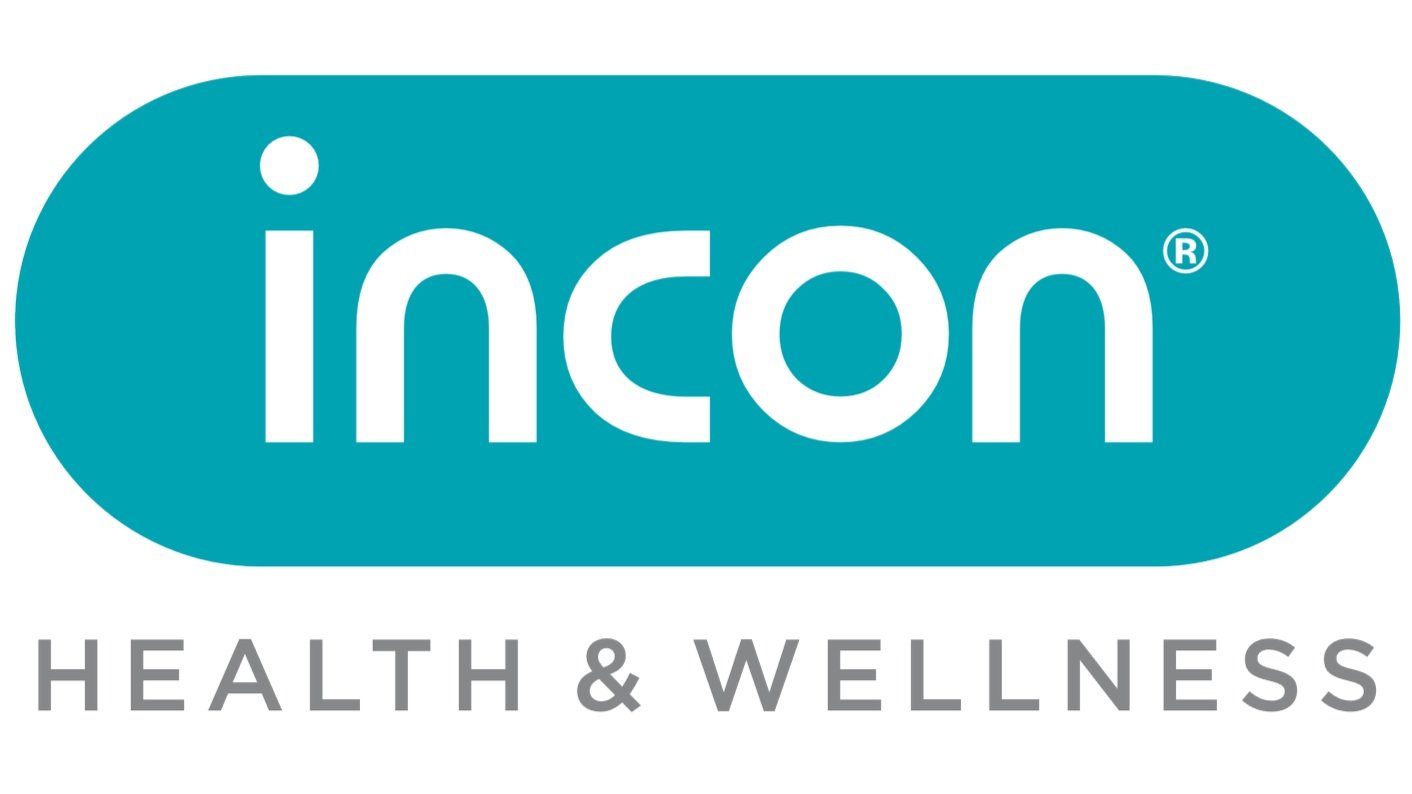Technology-driven EAPs
Employee Assistance Programmes (EAPs) play a critical role in promoting employee well-being and overall organisational success. Among the driving forces behind the modernisation of EAPs, technology stands out as a game-changer. This article explores the profound importance of technology in EAPs and how it is revolutionising the way organisations support their employees.
Accessibility and Convenience:
One of the primary benefits of technology in EAPs is the improved accessibility and convenience it offers. Through digital platforms, employees can access a wide range of EAP services, resources, and support at their fingertips. This accessibility reduces barriers to entry, making it easier for employees to seek assistance when they need it most. Whether it's through mobile apps, websites, or chatbots, technology ensures that help is just a click away, 24/7.
Virtual Counselling and Telehealth:
Technology has ushered in an era of virtual counselling and telehealth services within EAPs. This development is particularly significant in a world where remote and hybrid work arrangements are becoming the norm. Employees can now connect with therapists and counsellors through video conferencing, phone calls, or chat, eliminating geographical constraints and enhancing privacy. This flexibility encourages employees to seek mental health support without the fear of stigmatisation often associated with in-person visits.
Data-Driven Insights:
Technology empowers organisations to collect and analyse data related to their EAPs. This data-driven approach provides valuable insights into employee needs, preferences, and the effectiveness of EAP initiatives. Employers can track trends, identify areas of concern, and tailor their programs accordingly. Such insights enable organisations to allocate resources more efficiently and ensure that their EAPs remain relevant and impactful.
Personalisation and Customisation:
Modern EAPs leverage technology to offer personalised and customised support to employees. Through digital tools, employees can self-assess their well-being, preferences, and goals, allowing EAPs to recommend relevant resources and services. Personalisation fosters greater engagement, as employees are more likely to utilise services that cater to their specific needs.
Chatbots and AI Assistance:
Chatbots and artificial intelligence (AI) are becoming increasingly prevalent in EAPs. These AI-driven tools provide immediate assistance and support to employees, answering questions, offering resources, and even conducting mental health assessments. Chatbots are available around the clock, providing a quick response to employees in crisis and directing them to appropriate resources.
Enhanced Well-being Initiatives:
Technology facilitates the integration of well-being initiatives into EAPs. Digital platforms can host well-being challenges, gamification elements, and online communities where employees can share their experiences and support one another. These initiatives foster a sense of community, promote healthier lifestyles, and contribute to overall employee well-being.
Technology has become an indispensable part of modern Employee Assistance Programmes. Its impact on accessibility, convenience, data-driven decision-making, personalisation, and well-being initiatives is profound.
By harnessing the power of technology, organisations can ensure that their EAPs remain effective, relevant, and capable of addressing the evolving needs of their employees in today's dynamic work landscape. As the workplace continues to change, embracing technology in EAPs is not just a choice; it's a necessity for promoting employee well-being and organisational success.

